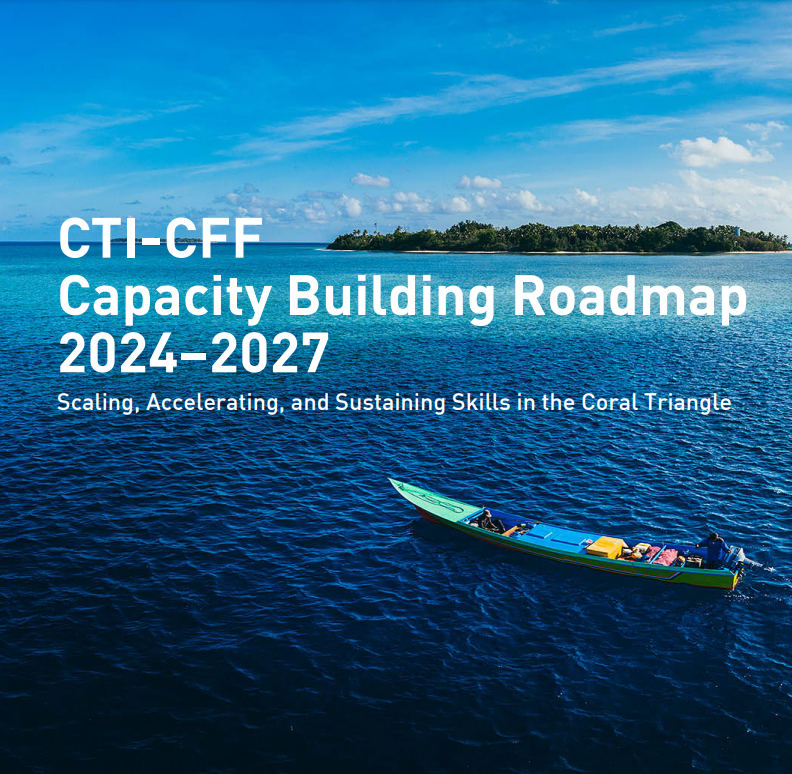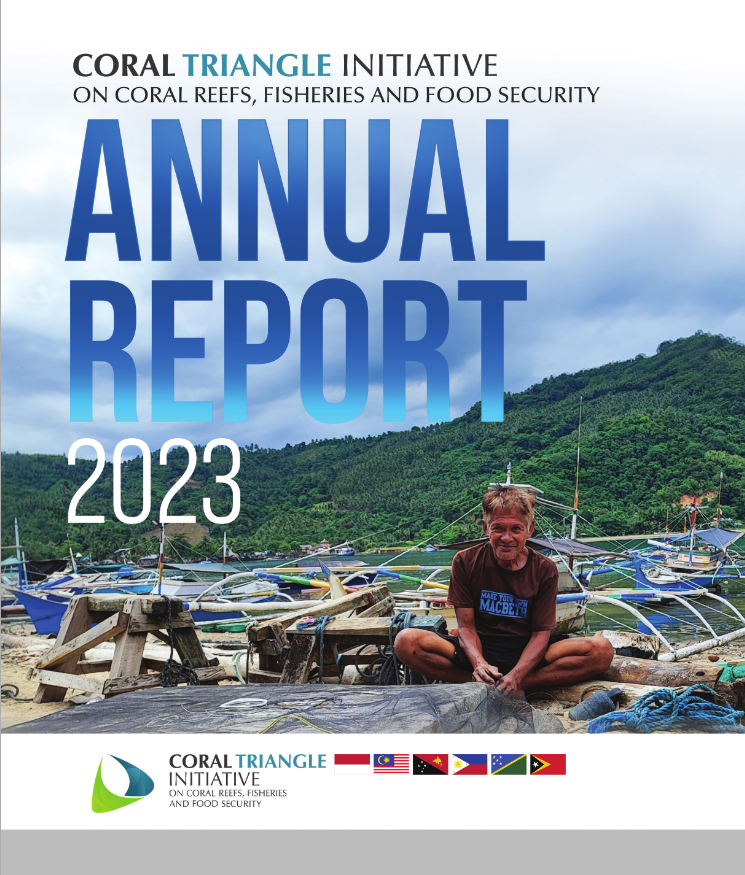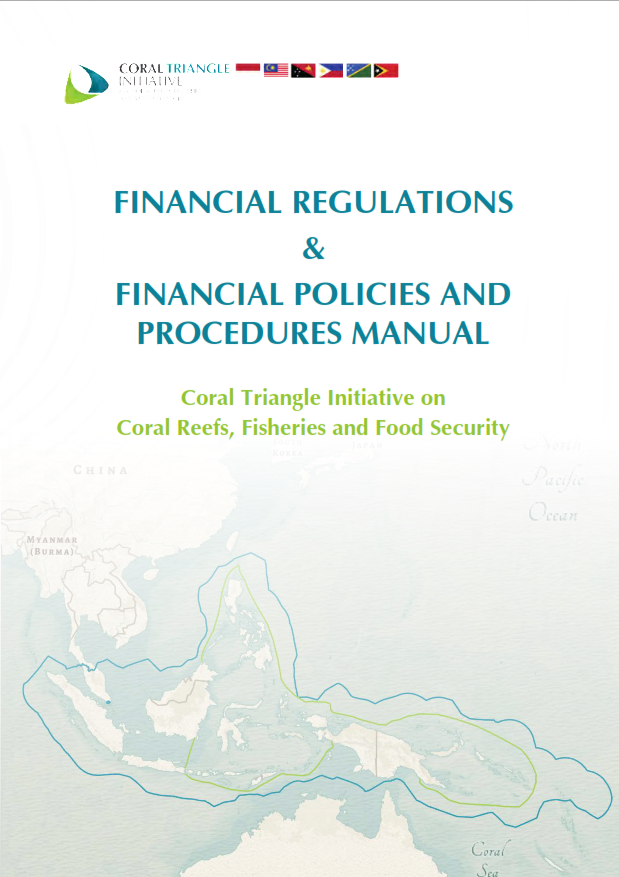Marine Protected Areas in the Coral Triangle: Progress, Issues, and Options
| # | Documents | Filesize |
|---|
The six Coral Triangle countries—Indonesia, Malaysia, Papua New Guinea, Philippines, Solomon Islands, and Timor-Leste—each have evolving systems of marine protected areas (MPAs) at the national and local levels. More than 1,900 MPAs covering 200,881 km2(1.6% of the exclusive economic zone for the region) have been established within these countries over the last 40 years under legal mandates that range from village level traditional law to national legal frameworks that mandate the protection of large areas as MPAs. The focus of protection has been primarily on critical marine habitats and ecosystems, with a strong emphasis on maintaining and improving the status of near-shore fisheries, a primary food and economic resource in the region. This article brings together for the first time a consistent set of current data on MPAs for the six countries and reviews progress toward the establishment of MPAs in these countries with regard to (i) coverage of critical habitat (e.g., 17.8% of the coral reef habitat within the region lies within an MPA), (ii) areas under effective management, and (iii) actions needed to improve the implementation of MPAs as a marine conservation and resource management strategy. The contribution of MPAs to the Coral Triangle MPA System as called for in the Coral Triangle Initiative on Coral Reefs, Fisheries and Food Security Regional Plan of Action is clarified. Options for scaling up existing MPAs to networks of MPAs that are more ecologically linked and integrated with fisheries management and responsive to changing climate through the Coral Triangle MPA System development are discussed. A key point is the need to improve the effectiveness of existing MPAs, and plan in a manner leading to ecosystem-based management.
- Subject:
- Seascapes |
- Marine Protected Areas
- Type:
- Reports and Studies
- Country:
- Indonesia |
- Philippines |
- Solomon Islands |
- Malaysia |
- Papua New Guinea |
- Timor-Leste



